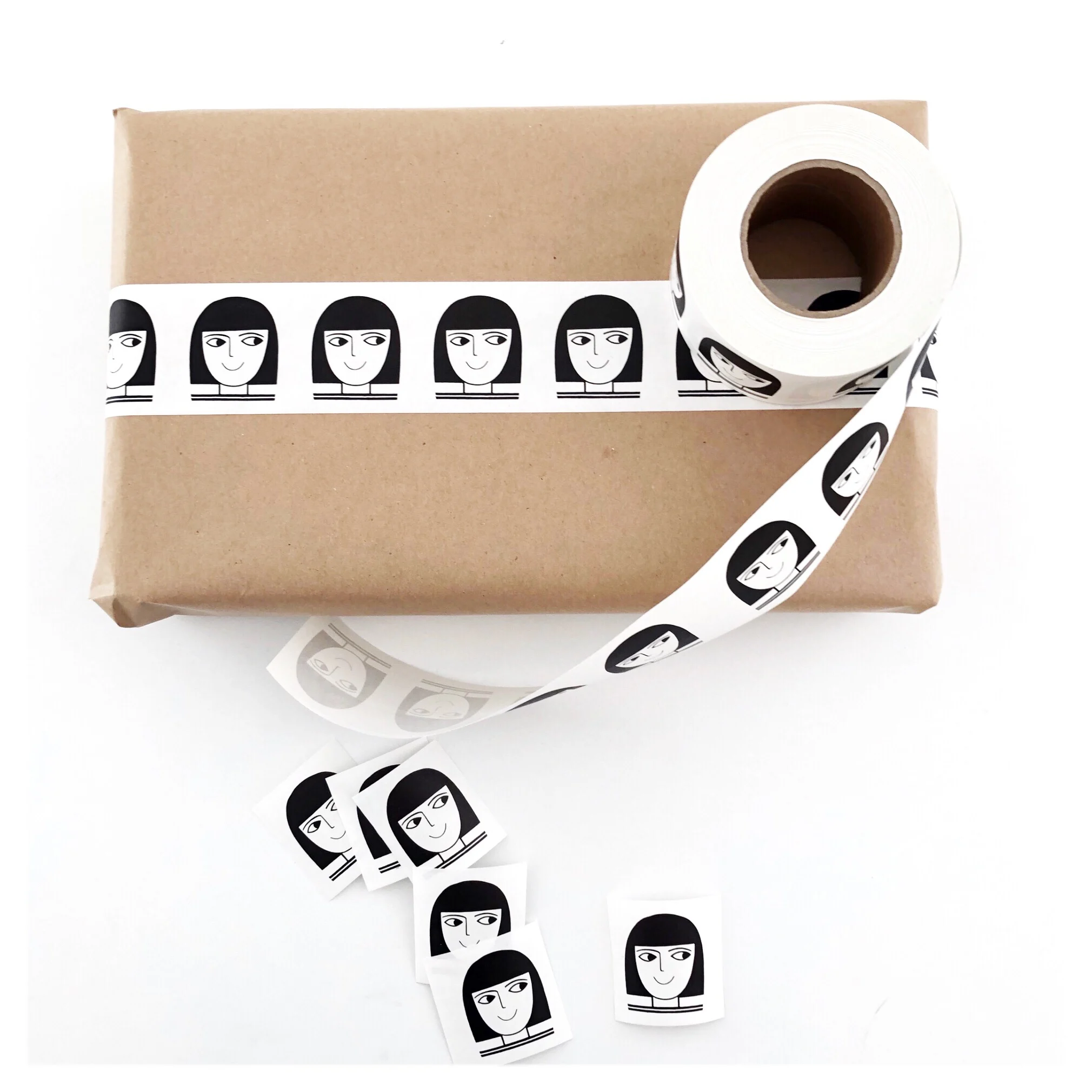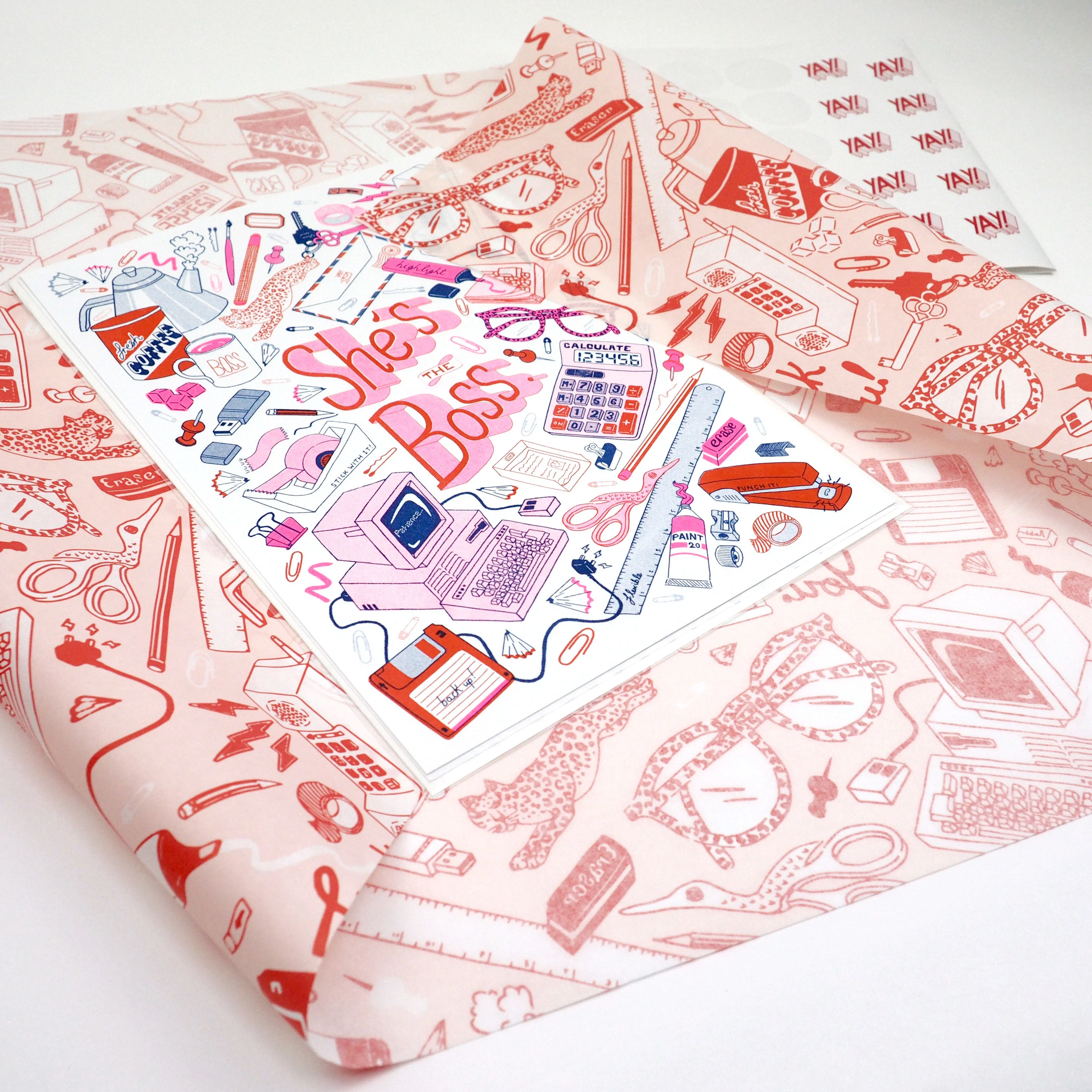How to Create Brand Consistency
- 25 October 2019
- ByBeth Owens
- 2 min read

When we think about branding, it’s usually the visual elements which come to mind: your logo, signature color scheme or catchphrase. However, successful branding is far more than these elements alone. It’s also about the voice of your brand, your core values, and what you want consumers to associate with you.
As any small business owner knows, establishing a unique and memorable brand is no easy task. It takes time, creativity, and most importantly of all, ensuring brand consistency wherever you share your work.
But what exactly is brand consistency, and why is it so important? We’ll look at how you can benefit from cohesive branding across channels, and some strategies for helping you achieve it.
What is Brand Consistency?
Brand consistency means ensuring that your marketing and branding activities do not stray from your core brand identity. This covers minor considerations, like using the same typeface across your website, to bigger decisions about how to use your logo and what topics to write about on your blog.
A good way to think about this is to conceptualize your brand as a building. For it to stay sturdy in the long-term, the foundations, walls, and doors need to be mutually reinforcing. If not, the whole structure will quickly crumble.
Your brand is no different. If you try cobbling together different elements that are inconsistent or undermine each other, your brand story quickly becomes nonsensical to consumers. They won’t understand who you are or what you are trying to accomplish.
To create a brand that is memorable and strikes a chord with customers, your approach needs to be consistent and instantly recognizable across channels.
Why Does Brand Consistency Matter?
A brand can only build a following and generate repeat business if they inspire trust in the eyes of consumers. From a branding perspective, trust is borne from familiarity. When consumers see the same visual elements and receive the same messaging over time, they come to feel as though they truly know the brand.
This is why even established brands need to tread carefully if they plan on changing any major elements of their branding. Tropicana’s sales plunged by 20% in the month after they unveiled a radical packaging refresh in 2009, which consumers heavily disliked. The rebrand was quickly dropped.
This cautionary tale shows how without brand consistency, businesses will find themselves struggling to foster recognition and trust in consumers. When consumers feel that a brand has deviated from its image and values, this can create confusion, frustration, and in extreme cases, a brand boycott.
The Benefits of Brand Consistency
Finding your gap in the market. Online marketing and ecommerce is a highly competitive space, especially for creatives and lifestyle brands. Much of the time, branded retailers are offering variations of the same product or using similar online marketing strategies. This makes it challenging to build a brand identity that is distinct in the eyes of consumers.
Trying to follow passing trends makes it very likely that your brand will get lost in the crowd. In highly saturated markets, fostering a unique brand image and sticking to it is the key to finding a successful niche.
Shaping brand perception. When consumers require an average of 17 impressions from a brand before they consider purchasing, a lack of consistency makes it that much harder to build brand recognition. By carefully managing how your brand communicates across channels, you will exert far more control over how consumers perceive you.
Fostering long-term brand loyalty. To establish brand loyalty over the long-term, consumers need to feel as though they know who they are supporting. Consistency in messaging allows people to build a personal connection with a brand, which will bring them back to shop repeatedly.

Here are a few tips on how to ensure brand consistency across different marketing channels.
Put in the work before you launch.
As any business owner will tell you, it’s far easier to develop a cohesive brand identity before you launch than it is trying to change it later!
If you take the time to organize your fundamental brand elements early on, you can skip a messy period of experimentation where you might struggle to build brand recognition.
We all know that it’s pretty overwhelming to start a brand from scratch. Sites such as Pinterest are a fantastic place to start. It allows you to gather sources of inspiration in the same place, and explore different concepts that could work for your brand.
But as we’ve already mentioned, brand consistency is not just about aesthetics - it’s also about the voice of your brand. Carefully crafted storytelling is the key to creating a brand that consumers find authentic and interesting.
So, open up a page in your notebook, and start answering the following questions:
What inspired you to start your business?
What are you trying to achieve?
What makes you different than other brands in the same area?
This brainstorming will help you to zero in on the core message and values which make your brand unique!
Establish clear brand guidelines.
Even if you are a single-person operation, it’s important to put together a clear set of brand guidelines for how you are going to communicate your message.
Whilst brands are dynamic entities that evolve over time, having a clear set of benchmarks to measure your activities will help you to stay on track. Guidelines give you something to fall back on when you are asking yourself the question ‘does this reflect my brand’?
This is even more important if your team grows - if you have multiple people managing your marketing activities, everyone needs to be singing from the same song sheet. Otherwise, your communications could start getting irregular.
Your guidelines can cover everything from the template you use for email communications to answering DMs on social media. This makes it much easier to establish a consistent tone that fits with your brand’s personality.
Focus on the marketing channels that will benefit your brand the most.
When you first launch a brand, it’s very tempting to set up the whole shebang - Facebook, Twitter, Instagram, Pinterest, Snapchat, TikTok, and more. In 2019, the list is pretty exhaustive! However, more channels won’t necessarily improve your branding. In fact, this can make cohesive branding a lot more difficult.
The more channels you have, the more there is for you to keep track of, which makes consistency harder to manage. As a small business owner, creating and coordinating content for multiple platforms is a big task.
Instead, think about what each channel offers and how it can complement your brand. For example, Snapchat is a great way to show your customers some behind-the-scenes content about how you create, but you may want to build a following first before you introduce it.
By phasing in platforms over time, you have time to consider how they can complement your current branding efforts.

Don’t forget about post-purchase branding opportunities!
When we think about branding, we usually think of it as building recognition in consumers who have yet to purchase. Whilst this is important, post-purchase branding matters just as much.
Consistent branding takes customers on a seamless journey through the buying process. When they move from a social media feed to your website and then through the checkout, the experience should always be cohesive and recognizable.
So, not carrying this into your order fulfillment and delivery can strike a discordant note with your customer. When you have put effort into fostering a clear aesthetic online, using generic packaging materials will feel very off-brand.
This doesn’t have to mean spending a fortune. Investing in some branded tissue paper or custom packing tape to seal your boxes makes a world of difference to brand perception.
Why? Because a memorable unboxing experience is a fantastic strategy to make a lasting impression on your customers. It allows you to control brand perception much more effectively by making their last interaction with you a positive one.
Developing consistent branding isn’t an easy task, especially when you are preoccupied with the other facets of running a business. But putting in the effort to establish brand recognition makes it much easier for consumers to develop trust in your business. In the long run, this makes for a much more unique and memorable brand that inspires long-term loyalty from your customers.
noissue's premium custom tissue paper is acid-free and FSC-certified as being socially and environmentally responsible in its production. Their low minimum order quantities and quick turnarounds mean that they are suited to help everyone, from small independent businesses to Fortune 500 companies.
25 October 2019
Words by:Beth Owens
Tags
- Share